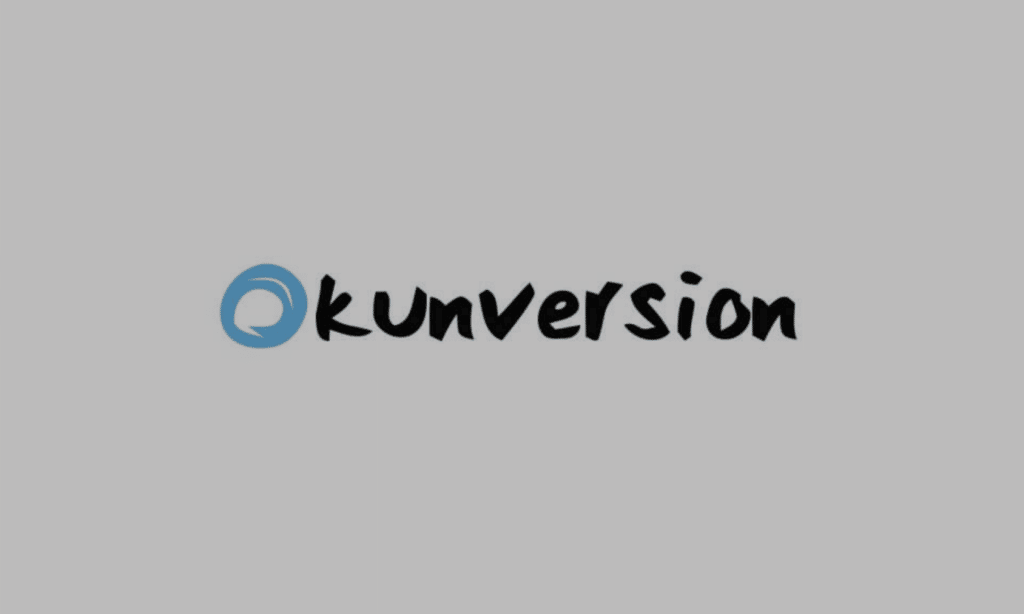SEO Basics
With all of the technical SEO, keyword research, content marketing and backlinks needed today for ranking your website on page one of Google, many people forget some of the most basic aspects of SEO. One of the very first ranking factors, which holds true today, is basic on-page SEO.
The most basic of on-page SEO is the Meta Title, Meta Description and Headers within your post or page. Although these aspects of ranking your site have been around forever, we wanted to make sure that they are being implemented correctly.
Meta Titles
The meta title for your page or post is extremely important for ranking for a specific set of keywords. If you are to boil all of your content down to one simple line, this is your Meta Title. Its also important to know that when your webpage shows up in Google results, the title is the most obvious aspect. Below is an example of a meta title in Google results.
The meta Title should be the exact keywords you would like the webpage to rank for. It should also stand out and have “click-ability”. What I mean by that is the title should entice the Google searcher to click on your page as opposed to the other pages also ranking for your keywords.
Headers
Headers are the short set of words that separate sections within your webpage. Just look at the word “Headers” just above where you are reading. Headers are utilized to assist in breaking down the copy on your webpage into sections. They provide the “title” for each section within the blog post.
When headers are used properly, they assist in letting the reader know exactly what sub-topic they are about to embark upon. From the SEO perspective, they play a very important role for on-page SEO. Because Google will crawl your webpage and see exactly how every word is displayed, they understand that a Header represents a subsection.
For Search Engine Optimization, these specific words have more “weight” than other words on your page. Headers come in H1 Headers, H2 Headers, H3 Headers and so forth. As a general rule, the H1 header is the largest text on the page with the H2 header being the second largest and so on.
Since your Meta Title consists of your main keywords you wish to be found for, we usually recommend almost (but not quite) duplicating your Title with your H1 Header. There has been a lot of discussion on if multiple H1 headers are bad for SEO, we simply recommend one H1 header, unless you have a really great reason to have two. We generally recommend having your H2 header being some derivative of the H1 header. For instance, the title and H1 header for this blog post is:
SEO Basics – Using Meta Titles and Headers
Our H2 Header is:
SEO Basics
Our H3 Headers are:
Meta Titles and Headers
We are essentially telling Google that this blog post is about: “SEO Basics” covering “Meta Titles and Headers”.
Meta Descriptions
Although Meta Descriptions have been proven to not directly affect SEO, they play a vital role in describing, in more detail, what is in the post. This has a tremendous effect on your Click Through Rate and will assist in determining if a the person searching Google for information, has found the information they are looking for in your post or page. Below is another example of a Meta Description:
Click Through Rate or CTR
Anytime your website shows up in a search, there is a possibility that it will get “the click”. The quality of the meta title and meta description, as does your overall ranking, ultimately will determine what percentage of people click on your page.
Here are some basic examples of CTR based upon where you rank. It is very important to keep in mind, these are only estimates as the ultimate CTR will be determined not only by YOUR meta title and description, but the quality of any Google PPC ads running as well as the quality of the other search engine results that are on the page.
- Position 1: 30% CTR
- Position 2: 17% CTR
- Position 3: 12% CTR
- Positions 4-6: 5-10% CTRs
- Positions 7-10: 2-5% CTRs
Check Before Posting
Prior to posting or socially syndicating your new blog post, you will want to check your Title, Description and Headers. There are literally hundreds of sites/programs/plugins/ that will quickly evaluate these basics of on-page SEO.
You can use our Free SEO Website Audit – which will give a ton of information about your website including details of your onpage SEO. Another option is using the MOZ Bar or SEO Quake. Both of these simply are plugins for your Chrome Browser and will quickly provide that information on any page you visit
Keep It Readable
At the end of the day, you should be writing for people and NOT for Google. That means although we consider these things Best Practices for SEO – You should make sure that the Title truly defines what you post is about. You should also make sure that your Headers make sense and actually assist the reader.





